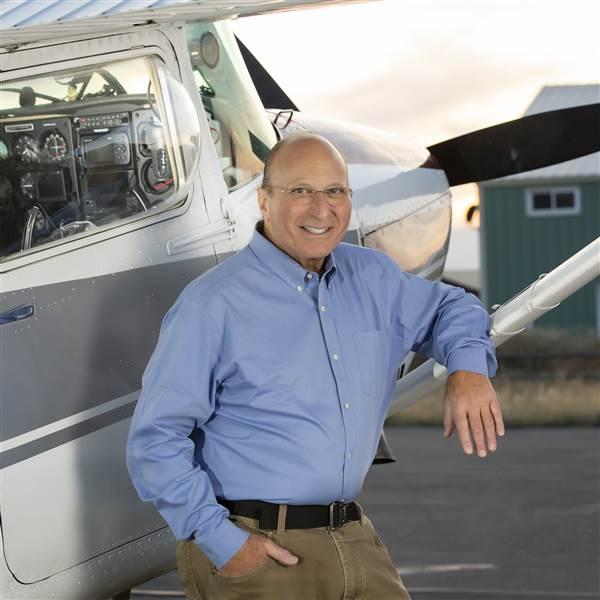First, do no harm
Take charge of your care and say ‘no’ when necessary
In September 2012, I wrote a column in another publication titled “Did We Kill Neil Armstrong?” In it, I discussed the risks of invasive procedures like Armstrong’s and argued that many common treatments are unnecessary and often harmful. When I learned of the settlement, I returned to the question: Did medical interventions do more harm than good?
Invasive procedures have complications. Sometimes, even noninvasive ones do, too. The question for patients to ask is, “Do I need this procedure or are there alternatives?” Or “May I get a second opinion?” Doctors generally recommend what they are trained to do. Surgeons recommend surgery more often than internal medicine physicians would.
The most important word a patient can say is “no.” The health care system makes it hard to say it. Why? It is far easier and more economical timewise for a patient to be in the normal flow of care than to demand individuality. Even when you’re a hospitalized patient, the facility implies you cannot leave until they let you. Actually, you can leave anytime you want since you are in charge of your body.
Patients must be their own advocate in the health care system or have a family member or friend be their advocate if unable to do it themselves. Do not get me wrong. In almost all cases, the medical establishment wants to help and does what the medical establishment thinks is best. The system, however, if unchecked, tends to eat patients up.
I recently had both knees replaced. How did I make the decision? It was based on quality of life. Even though I could still ski, bike, and walk, I paid for my daily activities with pain at night. I used a lot of anti-inflammatory medications, which are not innocuous. Electing for surgery now before becoming incapacitated was the right choice, as my muscle strength and overall health were good. I do not know if I could say that in 10 years.
In almost all cases, the medical establishment wants to help and does what the medical establishment thinks is best. The system, however, if unchecked, tends to eat patients up.I chose the surgeon because he does the procedure almost daily. He also was willing to do both knees at the same time. Many surgeons will not do both knees simultaneously citing infection and other issues, but not many mention that when the surgery is done together, the second knee is not reimbursed as much as the first! My thinking was why go through anesthesia twice, loss of work time twice, physical therapy twice, and pain twice. I am extremely happy with my decision. Obviously, there is risk. Patients have had complications from anesthesia, blood clots from being immobile, and infections which have led to amputations. The decision to have an invasive procedure must be a risk-benefit evaluation that is different for each situation and each patient.
One cannot have too much information. However, beware of Dr. Google. Many “information” sites are self-serving marketing devices that may not supply truly objective information. Sites sponsored by pharmaceutical entities need to be evaluated with special scrutiny. Generally, sites that do not sell anything or offer services are more objective.
A primary care physician can be immensely helpful if you have one or can obtain one, but unfortunately, they are becoming harder to find. Without a primary care “captain” of the health care ship, it may become very fragmented.
Also be wary of providers who prescribe medications and say, “This is OK to fly with.” That may not be the opinion of the FAA, and you should check with an AME or AOPA’s medical certification staff to decide if a regularly taken medication is OK.
For Armstrong, I believe that instead of surgical procedures, medical treatment for his condition would have been superior and safer. You have to wonder whether the cachet of operating on the first man on the moon affected the recommendation. I hope not.



